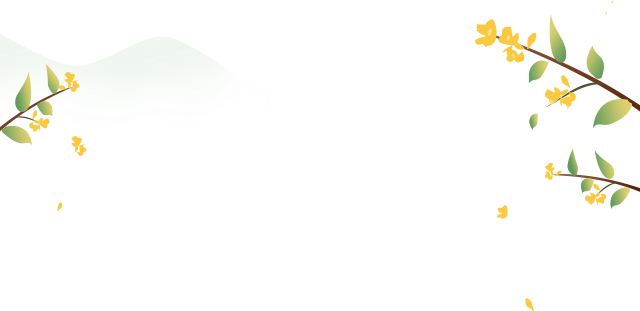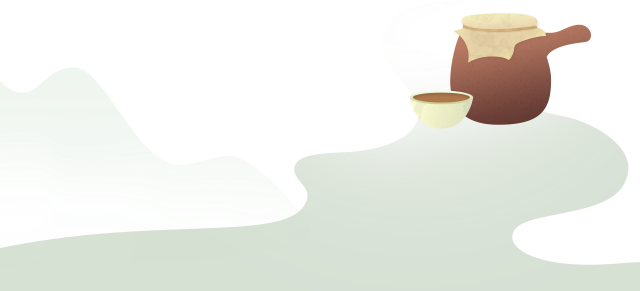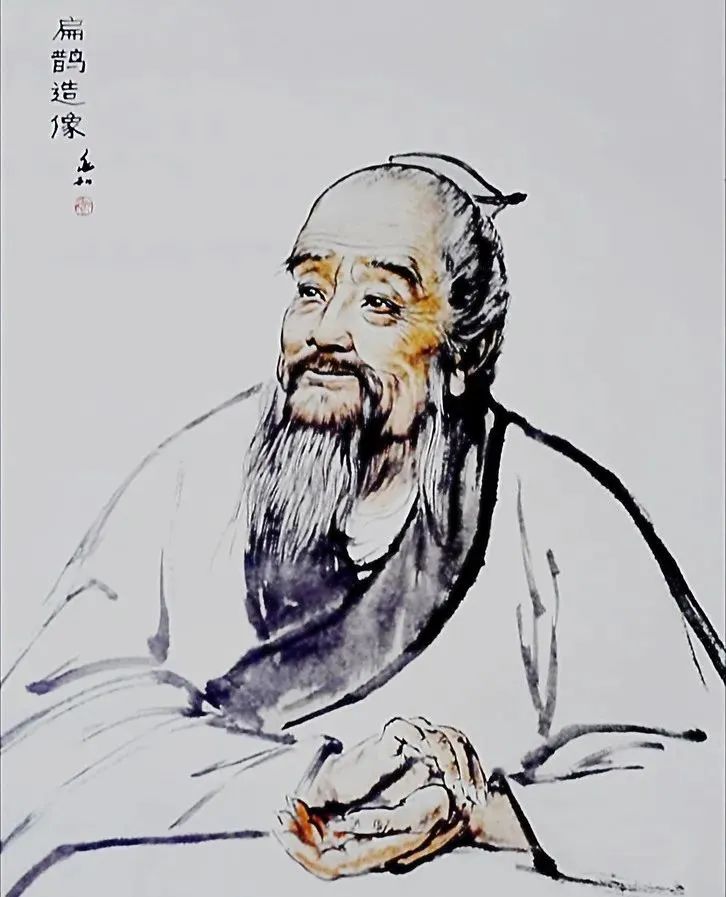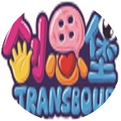
Honor and respect your parents,
have good communication skills, be a doer and thinker.


 Top Ten National Treasures:
Top Ten National Treasures:
Traditional Chinese Medicine (TCM)

Traditional Chinese Medicine is an important part of our brilliant culture and one of the top ten national treasures of China. It has an increasingly significant influence internationally and is loved and welcomed by both the Chinese people and people around the world.

 Introduction to TCM
Introduction to TCM


Traditional Chinese Medicine refers to the traditional medicine created by the Han Chinese, also known as Han medicine or Han prescriptions.
TCM carries the experiences and theoretical knowledge of ancient Chinese people in fighting diseases. It is a medical theoretical system that gradually formed and developed under the guidance of primitive materialism and spontaneous dialectical thinking through long-term medical practice.
The theory of TCM originates from the summary of medical experiences and the ancient Chinese thoughts of Yin-Yang and the Five Elements. Its content includes theories of Qi (vital energy), blood, body fluids, organ systems, meridians, constitution, etiology, pathogenesis, treatment principles, and health preservation.




 Formation of TCM
Formation of TCM


TCM originated in primitive society, and by the Spring and Autumn and Warring States periods, the theoretical framework of TCM had basically formed. The disciplines of anatomy and medicine had emerged, and the “Four Examinations” (望, wàng; 闻, wén; 问, wèn; 切, qiè) were adopted. Treatment methods included stone therapy, acupuncture, decoctions, moxibustion, guided breathing, and incantations.
The Huangdi Neijing (Yellow Emperor’s Inner Canon) is one of the four classic texts of traditional Chinese medicine and is the earliest medical classic in our medical treasury. It is a monumental work in the study of human physiology, pathology, diagnostics, treatment principles, and pharmacology.
It theoretically established the TCM concepts of “Yin-Yang and Five Elements,” “Pulse Diagnosis,” “Organ Theory,” “Meridian Theory,” “Etiology,” “Pathogenesis,” “Symptoms,” “Diagnosis,” and treatment principles, as well as “Health Preservation” and “Qi Regulation.” Later TCM and health preservation began to use Yin-Yang and Five Elements to explain human physiology, leading to the emergence of “medical artisans,” gold needles, and copper keys.
TCM refers to the traditional medicine created by the Han Chinese, focusing on the study of human physiology, pathology, and the diagnosis and prevention of diseases.




 Pioneers of TCM
Pioneers of TCM



Bian Que

A physician during the Warring States period, Bian Que is regarded as the ancestor of traditional Chinese medicine and made special contributions to the development of TCM. He established the Four Diagnostic Methods (望, wàng; 闻, wén; 问, wèn; 切, qiè) and authored the Bian Que Neijing and Bian Que Waijing. Bian Que traveled extensively to practice medicine, excelling in various fields. By observing colors and listening to sounds, he could diagnose illnesses. He led his disciples to practice medicine in various places and was revered by the common people as a divine physician, adopting the name of the ancient mythical physician Bian Que.

 Hua Tuo
Hua Tuo
A physician during the late Eastern Han dynasty, Hua Tuo excelled in internal medicine, gynecology, pediatrics, and acupuncture, particularly in surgery. His use of Ma Fei San (麻沸散) is recognized as the earliest form of general anesthesia in the history of medicine. Hua Tuo pioneered the use of general anesthesia for surgical procedures and is revered as the “father of surgery” in later generations.
Once, while traveling, he saw a funeral procession and noticed blood seeping from the coffin, resembling that of a living person. He rushed forward to treat the patient, ultimately saving a woman who had feigned death during childbirth, earning him the title of

